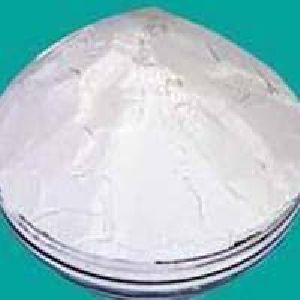
white dextrine
Get Price Quote
Dextrines are produced by roasting starch powder under more or less acidic conditions causing hydrolysis and re-branching of the starch molecule. These type of dextrines are also called pyrodextrins. White and yellow dextrines are partially or fully water-soluble low viscous powders that are optically active. White Dextrines are used as: As crispness enhancer for food processing, in food batters, coatings and glazes, As textile finishing agent to increase weight and stiffness of textile fabrics, As Fire works industry White Dextrine used as Bonding and Firing agent. As thickening and binding agent in pharmaceuticals and paper coating formulations. As pyrotechnic binder and fuel, they are added to fire formulas, allowing them to solidify as pellets or “stars.”, in sparklers Applications Adhesive IndustryThe adhesive industry uses large amounts of white dextrines in the preparation of liquid and dry adhesives. Dextrines go into solution instantly and with a lesser quantity of water. Because of their greater adhesive strength and fluidity, dextrines are widely used in the manufacture of :- Spiral and convolute tubes. Carbon paper manufacturing, abrasives and in dry distemper. Machine labeling of tins, cartons, packages, envelopes, corrugated boxes etc. Also used by crackers manufacturer due to its adhesive properties & also explosive character. In Paper tubes and Paper cones. In book-binding, carton sealing, cigarette pasting, match-head & match box making. As a core binder in refractories and foundry operations. Chemical & Dyes industryThe advantages of Dextrines in the dyestuff industry are so well recognized that good many large-scale manufacturers have taken to using highly soluble dextrine as diluent to standardize the dyes with respect to the range of colors. Dextrine’s wash out quickly and easily and do not react with chemicals used in the process. FoundriesYellow Dextrins serves as an excellent binding agent for sand cores in foundry operations. It gives high green bond strength necessary for the mould to remain intact during handling. Textile industryAs Dextrines do not easily react with chemicals, they are specifically suitable for applications in the textile field. In textile printing, they are used as thickness. Free of grit and other impurities, which usually accompany lower grades of starch, they ensure that the copper rolls (used in printing) do not suffer from abrasion. In sizing, they are used with starch for increased adhesiveness. In finishing, they give desired ‘feel’ and handle to the fabrics. Colour IndustryDextrins are largely used in dry distemper. Two to three percent of dextrins , mixed with chalk and pigment, acts as a carrier and imparts good adhesion of the colour to the wall.